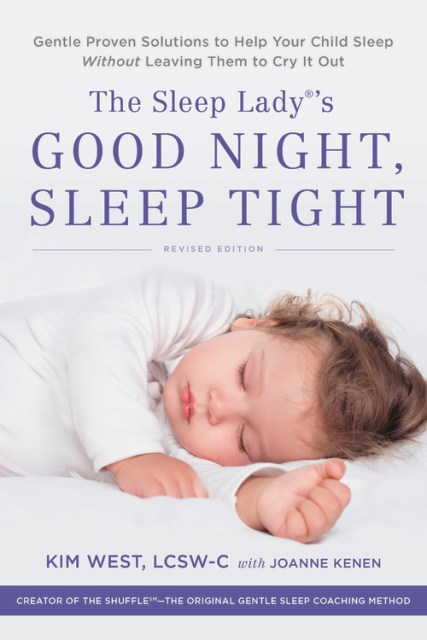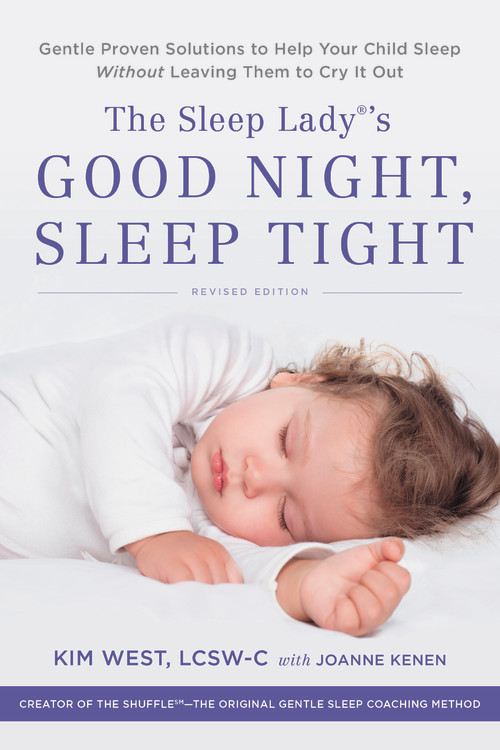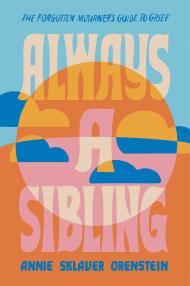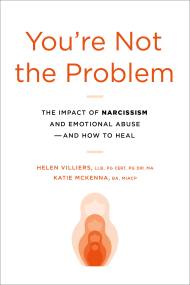Promotion
Sign up for our newsletters to receive 20% off! Shop now. Exclusions apply.
By clicking “Accept,” you agree to the use of cookies and similar technologies on your device as set forth in our Cookie Policy and our Privacy Policy. Please note that certain cookies are essential for this website to function properly and do not require user consent to be deployed.
The Sleep Lady's Good Night, Sleep Tight
Gentle Proven Solutions to Help Your Child Sleep Without Leaving Them to Cry it Out
Contributors
By Kim West
With Joanne Kenen
Formats and Prices
Price
$21.99Price
$28.99 CADFormat
Format:
- Trade Paperback (Revised) $21.99 $28.99 CAD
- ebook (Revised) $13.99 $17.99 CAD
- Audiobook Download
This item is a preorder. Your payment method will be charged immediately, and the product is expected to ship on or around March 10, 2020. This date is subject to change due to shipping delays beyond our control.
Also available from:
Kim West, LCSW-C, known to her clients as The Sleep Lady®, has developed an alternative and effective approach to helping children learn to gently put themselves to sleep without letting them “cry it out” — an option that is not comfortable for many parents.
Essential reading for any tired parent, or any expectant parent who wants to avoid the pitfalls of sleeplessness, Good Night, Sleep Tight offers a practical, easy-to-follow remedy that will work for all families in need of nights of peaceful slumber! New material and updates include:
- New yoga recommendations
- Updated information for parents of young infants
- Expanded information on nighttime potty training
- Ending co-sleeping
- Sleep training for twins and multiples
- On Sale
- Mar 10, 2020
- Page Count
- 448 pages
- Publisher
- Hachette Go
- ISBN-13
- 9780738286136
Newsletter Signup
By clicking ‘Sign Up,’ I acknowledge that I have read and agree to Hachette Book Group’s Privacy Policy and Terms of Use







